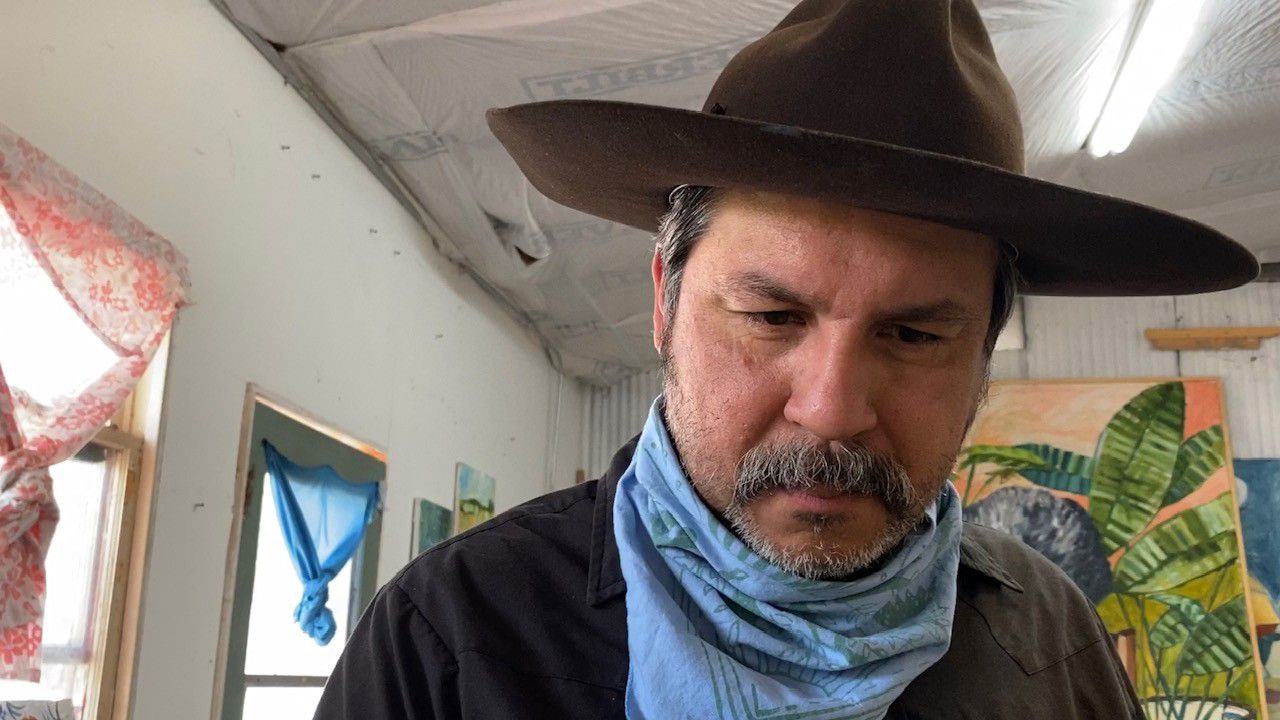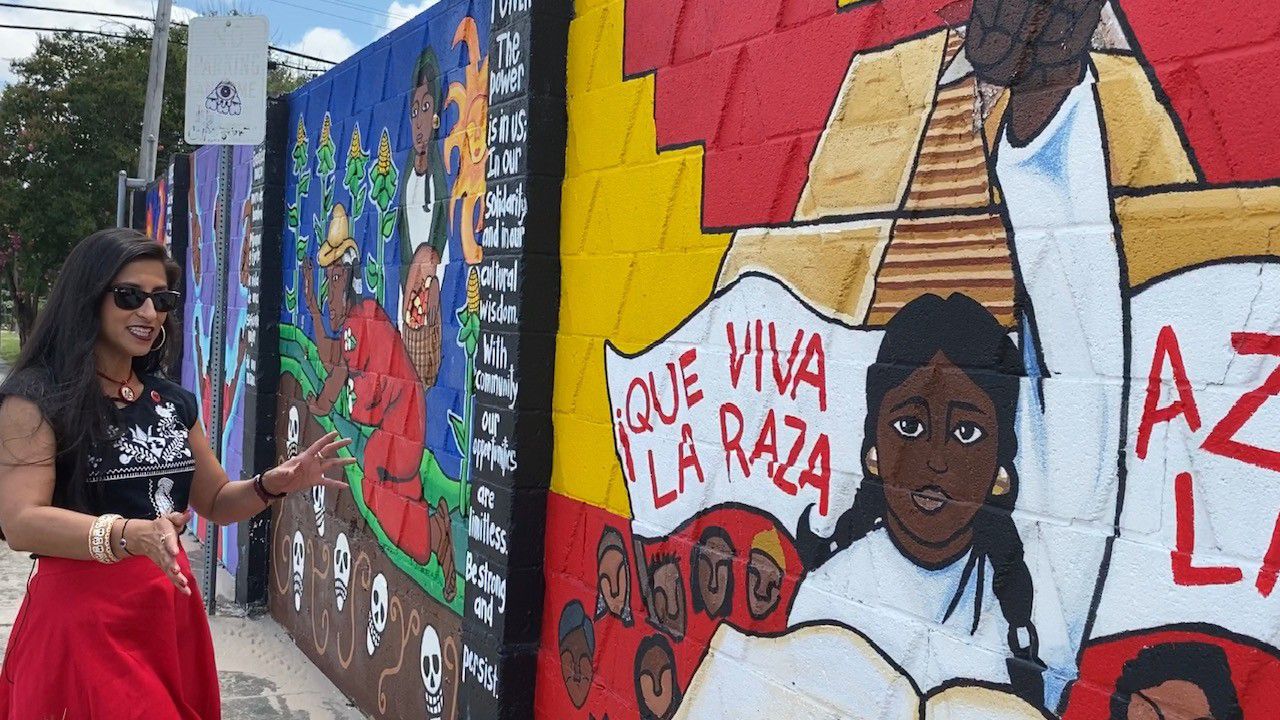SAN ANTONIO — San Antonio contemporary artist Cruz Ortiz has always been inspired by the Chicano culture and he believes the artists who helped push the movement deserve to be enshrined.
“When you go to New York you expect to see Andy Warhol. When you come to San Antonio you better see a huge Adan Hernandez painting,” Ortiz says. “And not just on paper, it has to be substantial pieces that were made by these artists, it’s imperative.”
Ortiz is talking about his old mentor and legendary Chicano artist Adan Hernandez, who recently passed away. Ortiz says it can be difficult to preserve the history and the people that created it when the art in museums don’t reflect the community.

“You have people from all over the world to come see Chicano art, to see Mexican, Tejano art that’s being produced here in the 60s and 70s,” Ortiz says. “…They are going to museums and they are not seeing it, that is a problem. That means museums and these spaces are not doing their job.”
Spectrum News 1 reached out to the San Antonio Museum of Art (SAMA) to see how much Chicano Art it has in its collection. SAMA says it doesn’t catalog the artists in that way because it depends on how they self-identify.
SAMA also said they currently have three Chicano artists, César Martínez, Michael Menchaca, and David Zamora Casas in its contemporary art gallery. The museum looks forward to expanding its representation of Chicano Art through programs and community engagement.
Kellie Romero teaches Mexican American fine arts appreciation and she agrees with Ortiz that there is not enough Chicano art in museums.
“When you look back in the 1960s and 70s graduating from UCLA with a BFA and then their art work wasn’t getting displayed anywhere because it was Barrio art, taqueria art, ethnic art,” Romero says.
Chicano artists filled that void with murals to tell the untold stories.

“It not only preserves our culture, but it allows for conversations to happen that aren’t happening in the schools, that aren’t happening at home,” Romero says.
She said the art opens up difficult conversations, like Mexican American kids who were never taught Spanish, Hispanic names Americanized and the trauma that comes with it.
“I feel like muralism is a place for us to see ourselves… to feel proud,” Romero says.
Romero also said that’s the kind of impact a Chicano mural or painting can have on a community and an entire generation.



